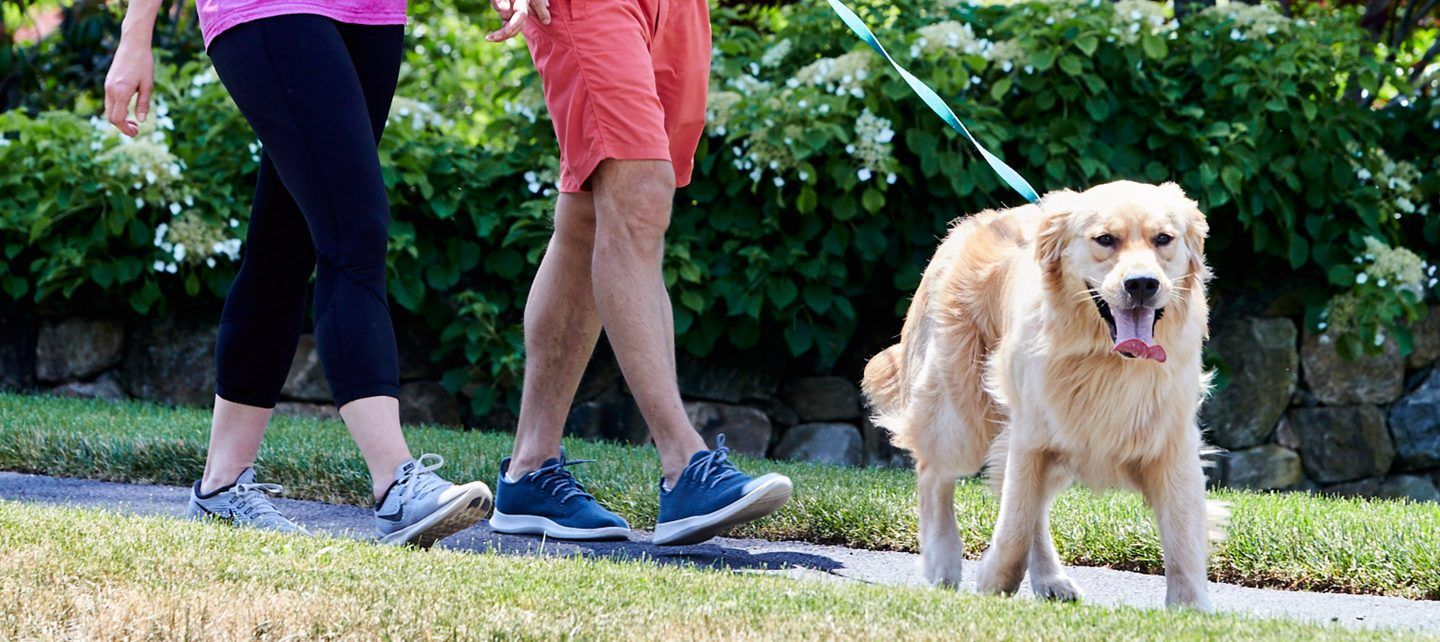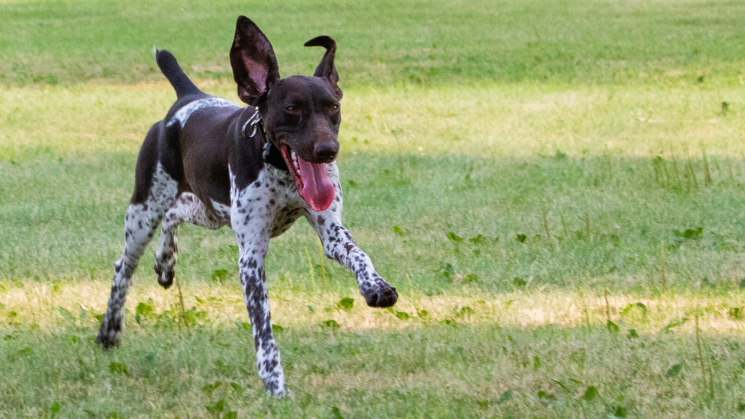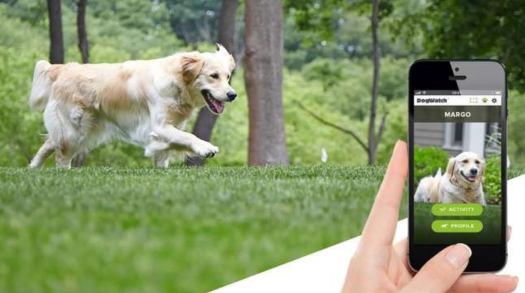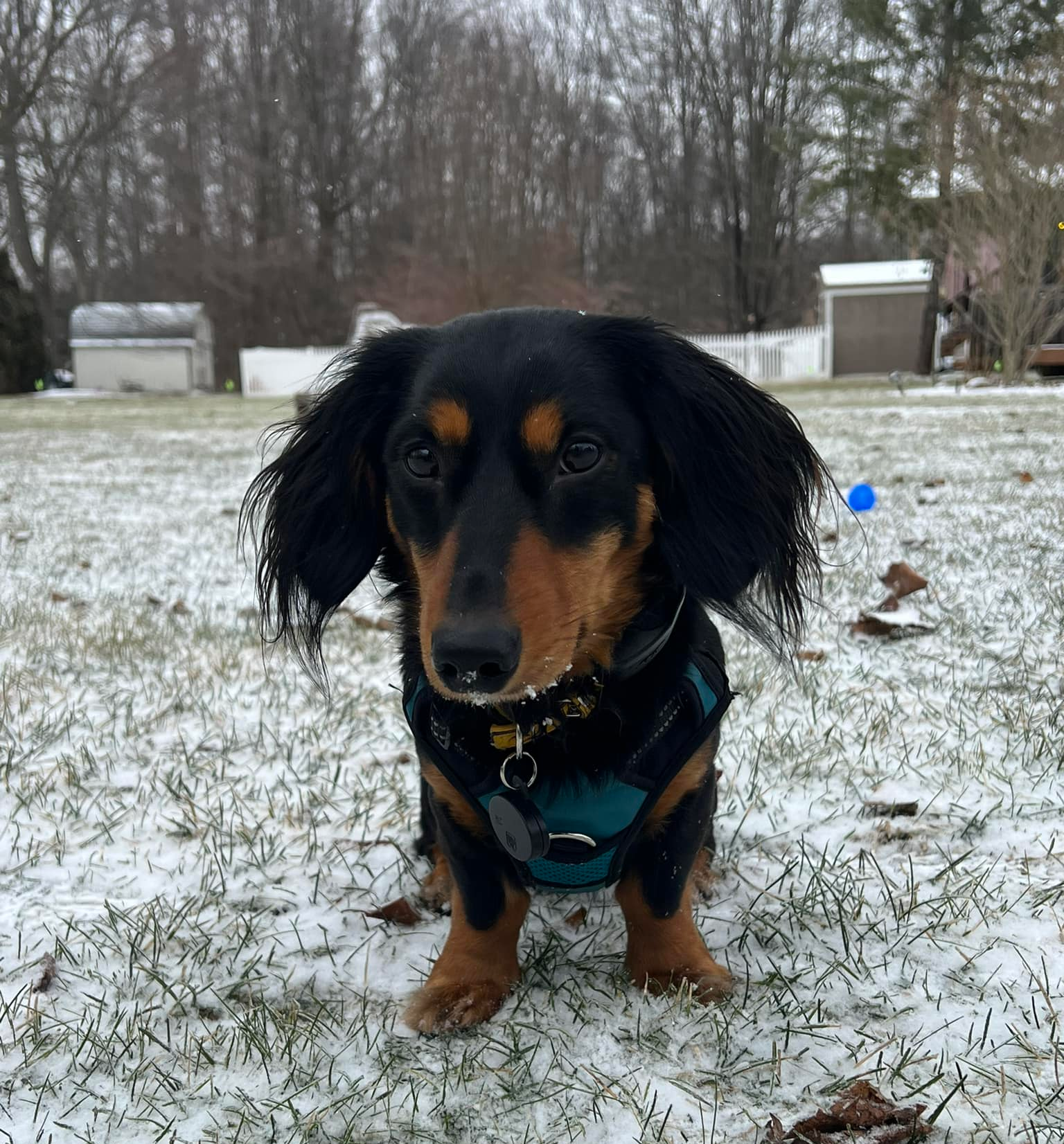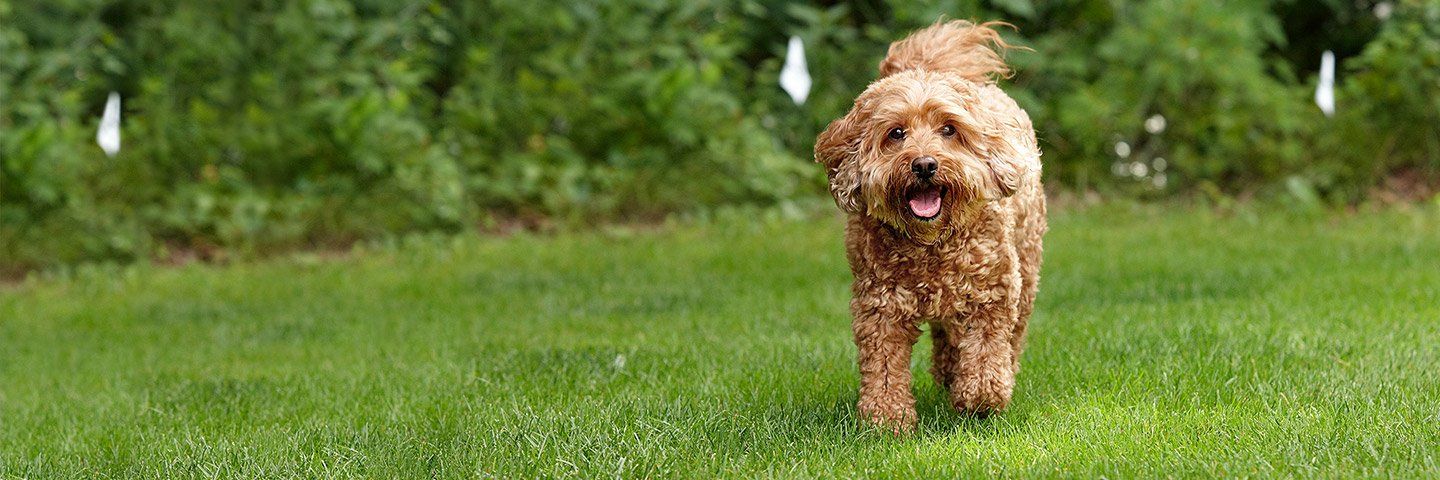Breaking Myths: Truths Unveiled About Invisible Dog Fences

Invisible dog fences have become a popular solution for pet owners. They offer a way to keep dogs safe without traditional barriers. Many misconceptions exist about these systems, from their functionality to their impact on dog behavior. Addressing these myths is important for those considering an invisible dog fence for their home.
Some people believe that invisible dog fences might not work for their dog. Others are concerned about their safety and the training involved. Understanding these aspects can help in making an informed decision.
The Technology Behind Invisible Dog Fences
Invisible dog fences provide an innovative way to keep pets safe within designated areas. These systems can either be wireless or in-ground, each offering unique advantages in terms of installation and flexibility. Understanding the principles behind each helps in choosing the right system for specific needs.
Comparison of Wireless vs. In-Ground Fence Systems
Invisible dog fences use radio signals and are typically easier to install. They create a circular boundary from the central transmitter. Adjusting the boundary size and the correction level can be beneficial for larger yards. However, terrain variations can affect signal strength.
In-ground fence systems involve burying a wire to outline the boundary. This setup offers more customization, allowing for irregular shapes, making it ideal for properties with unique landscapes. Though more labor-intensive, in-ground systems can be more reliable in maintaining consistent boundaries, since they are less susceptible to interference.
Each option's effectiveness can vary, and choosing between them depends on individual needs, coverage area, and terrain characteristics.
Debunking Myths Around Dog Training and Fence Systems
Many believe that invisible dog fences and training tools like shock collars harm dogs' well-being. It's often assumed that these methods lead to aggression and fear, but current studies show a more nuanced reality.
Correcting Misconceptions About Shock Collars
Shock collars, frequently used for training, generate debate. Critics argue they cause discomfort and stress. While improper use can result in negative experiences, modern shock collars offer varied intensity settings. Static correction is typically mild and intended to capture attention, not harm. Training professionals emphasize using collars as part of a broader strategy. Humane use requires understanding the collar's function and collaboration with a trainer, reducing risks and enhancing effective communication.
The Impact of Invisible Dog Fences on Dog Behavior
Invisible dog fences, or electric dog fences, contain pets within boundaries without installing a physical barrier. Concerns revolve around the electrical shock dogs experience if they cross these boundaries. Studies show that when used correctly, these fences don't increase aggression. Dogs learn spatial limits through a combination of initial discomfort and positive reinforcement. Users should follow proper setup instructions and ensure periodic checks of equipment to maintain efficiency. Dog training alongside fence systems helps reinforce patterns, fostering safer and secure environments for pets.
Selecting the Best Invisible Dog Fence
When choosing an invisible dog fence, it's important to consider features that accommodate large dogs and look into the latest innovations. Pet owners must balance the system's efficiency with their specific needs, especially concerning training capabilities.
Criteria for Choosing Suitable Fences for Large Dogs
Finding an invisible dog fence for large dogs involves prioritizing strength and reliability.
A strong transmitter is crucial to ensure coverage and containment. Additionally, changing the collar's settings for larger neck sizes and strong signals to accommodate bulkier dogs.
Battery life and water resistance are vital features to consider. Opt for collars that can endure outdoor conditions and offer long-lasting performance.
Features and Innovations in Modern Invisible Dog Fences - Remove!!
Modern invisible dog fences incorporate advanced technology to enhance effectiveness. The Halo system is a notable example, as it integrates GPS to track a dog’s location precisely. Many systems also feature remote training, allowing pet owners to correct behaviors using handheld devices.
Innovations such as adjustable boundaries offer flexibility for different yard shapes and sizes. Furthermore, some systems provide customizable feedback levels to match a dog’s temperament and behavior. These technological improvements ensure pet safety while providing owners with more control.
Maintenance and Safety Considerations
An invisible dog fence can be a reliable solution for many pet owners, offering a level of freedom not possible with traditional barriers. Key aspects to consider include battery maintenance and comparisons with conventional fencing options to ensure both performance and safety for pets.
Understanding Battery Life and Maintenance Requirements
Maintaining an invisible dog fence involves regular attention to battery life. Most invisible dog fences use replaceable batteries that typically last three to twelve months, depending on usage and settings.
Battery life can vary significantly, influencing how frequently replacements are needed. Using high-quality batteries can extend the life of the system. Pet owners should heed manufacturer guidelines regarding battery inspections and replacements to prevent signaling issues that could compromise pet safety.
Comparing Invisible Dog Fences to Traditional Physical Fences
Invisible dog fences, unlike traditional dog fences, do not physically block terrain but create a wire boundary that signals a receiver collar. Many pet owners choose these systems for their convenience and aesthetic appeal.
While traditional fences provide a visible barrier, invisible systems offer flexibility in creating boundaries without altering property appearance.
The absence of a physical barrier may raise safety concerns. Still, a well-maintained invisible dog fence can keep pets secure by providing consistent feedback through the collar. It’s essential to train pets adequately to respond to the signals, ensuring their safety within the designated boundaries.
Frequently Asked Questions
How effective are invisible dog fences in containing pets?
Invisible dog fences can be effective in containing pets when properly installed and paired with adequate training. They work by delivering a mild static correction when pets approach the boundary, encouraging them to stay within limits.
Can all breeds of dogs be safely contained by invisible dog fences?
While many dogs can be safely contained, factors such as temperament, training, and the dog's physical characteristics influence effectiveness. Certain breeds with high prey drives or less sensitivity to corrections may be harder to contain.
How do invisible dog fences compare with traditional physical fences?
Invisible dog fences require less maintenance and preserve the aesthetic of open yards. Traditional fences, however, offer a physical barrier that can also help keep other animals away. The choice depends on owner preferences and property characteristics.


